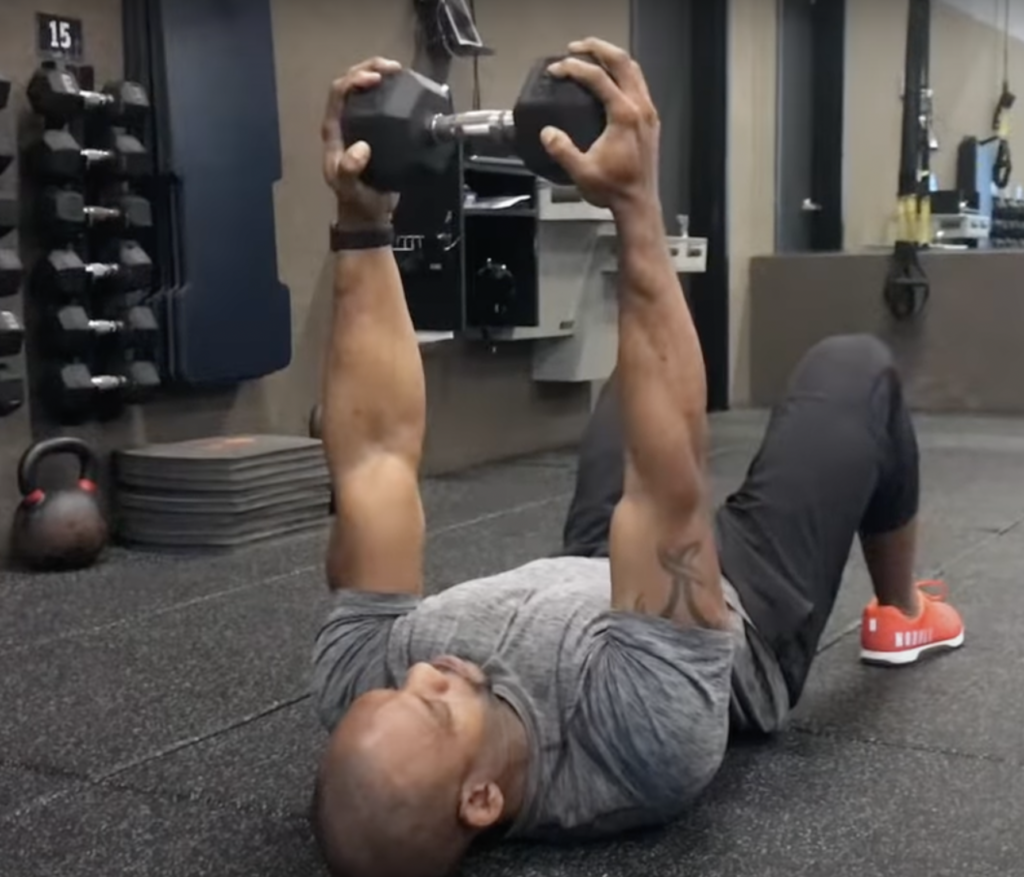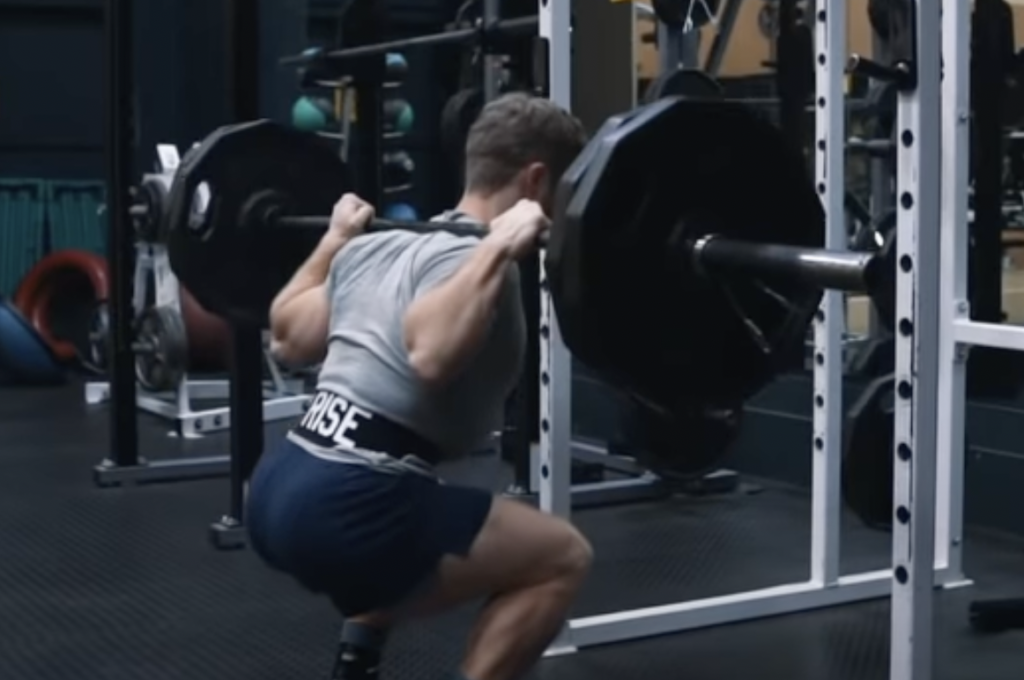
If you’re looking to build strong and defined triceps, the dumbbell skull crushers should definitely be on your exercise list! It is a fantastic way to isolate and work your triceps muscles.
In this comprehensive guide, we will explore the benefits, what body parts are impacted, the equipment you need, steps for proper form, mistakes to avoid, and more.
Benefits of Dumbbell Skull Crushers Exercise
Dumbbell skull crushers is an isolation exercise, meaning it focuses on one specific muscle group – in this case, the triceps. By incorporating this exercise into your routine, you can expect to see an increase in tricep strength and size, which can aid in everyday movements such as pushing and pulling.
Additionally, the skull crusher can improve your overall arm strength and help with stabilizing your shoulders.
What Body Parts are Impacted by Dumbbell Skull Crushers Exercise
As mentioned before, dumbbell skull crushers primarily targets the triceps muscles. However, other muscles, such as the chest and shoulders, can also be activated during the exercise.
Equipment You Need for Dumbbell Skull Crushers Exercise
To perform this exercise, you will need a set of dumbbells and a flat bench or floor. It’s important to choose a weight that challenges you but also allows you to maintain proper form throughout the exercise.
Steps for Completing Dumbbell Skull Crushers Exercise
Follow these steps to perform this exercise:
Step 1: Lie flat on your back on a bench or floor with your feet firmly planted on the ground. Your head, shoulders, and back should be in a stable position, with your spine in a neutral alignment.
Step 2: Hold one dumbbell with both hands, with your palms facing up and your arms extended straight up towards the ceiling. Ensure that your grip is secure and that the weight is evenly distributed across both hands.
Step 3: Slowly lower the dumbbell towards your head, keeping your elbows stationary and your upper arms perpendicular to the ground. Keep your wrists straight and avoid bending them during the exercise.
Step 4: Stop just before the dumbbell touches your forehead, and then slowly lift it back up to the starting position. Exhale as you push the weight back up and inhale as you lower it down.
Step 5: Repeat for the desired number of reps, typically 8-12 per set. Remember to maintain proper form throughout the exercise and avoid using momentum to lift the weight.
If you experience any discomfort or pain, stop the exercise immediately and consult a fitness professional.
The video below shows how to complete dumbbell skull crushers.
Mistakes to Avoid
To avoid injury and get the most out of your dumbbell skull crushers, be sure to avoid these common mistakes:
Mistake #1: Allowing your elbows to flare out during the exercise, which can put strain on your shoulders.
Mistake #2: Moving your upper arms, rather than just your forearms, during the exercise.
Mistake #3: Choosing a weight that is too heavy, which can compromise your form and increase your risk of injury.
Conclusion
Dumbbell skull crushers are an effective and challenging exercise for targeting and strengthening the triceps muscles. By incorporating this exercise into your workout routine, you can expect to see improvements in your tricep strength and size, as well as overall arm strength.
Don’t forget to stretch and recover your body after your workout. The child’s pose is a great way to stretch your back and hips, reducing tension and promoting relaxation. Remember to always use proper form, choose an appropriate weight, and avoid common mistakes to maximize the benefits of this exercise.
So grab those dumbbells and start skull crushing your way to stronger and more toned arms!





Pingback: Reverse Crunch: Feel The Burn - The Go To Website For Fitness Learning